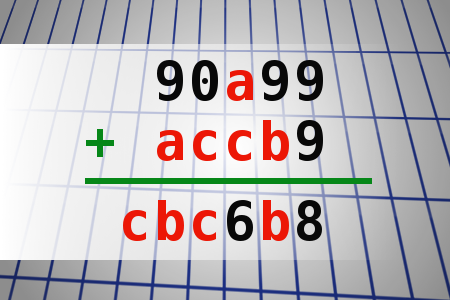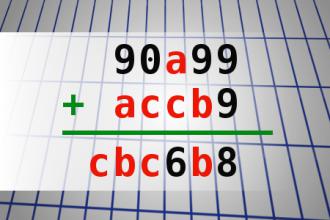Find number abc
If 90a99 + accb9 = cbc6b8 find number abc. Multiple solutions may exist.Correct answers: 10
The first user who solved this task is Nasrin 24 T.
#brainteasers #math

Peanuts
A tour bus driver is driving with a bus load of seniors down a highway when he is tapped on his shoulder by a little old lady. She offers him a handful of peanuts, which he gratefully munches up. After about 15 minutes, she taps him on his shoulder again and she hands him another handful of peanuts. She repeats this gesture about five more times. When she is about to hand him another batch again he asks the little old lady, " Why then don't you eat the peanuts yourself?".
"We can't chew them because we've no teeth," she replied.
The puzzled driver asks, "Why do you buy them then?"
The old lady replied, "We just love the chocolate around them."

